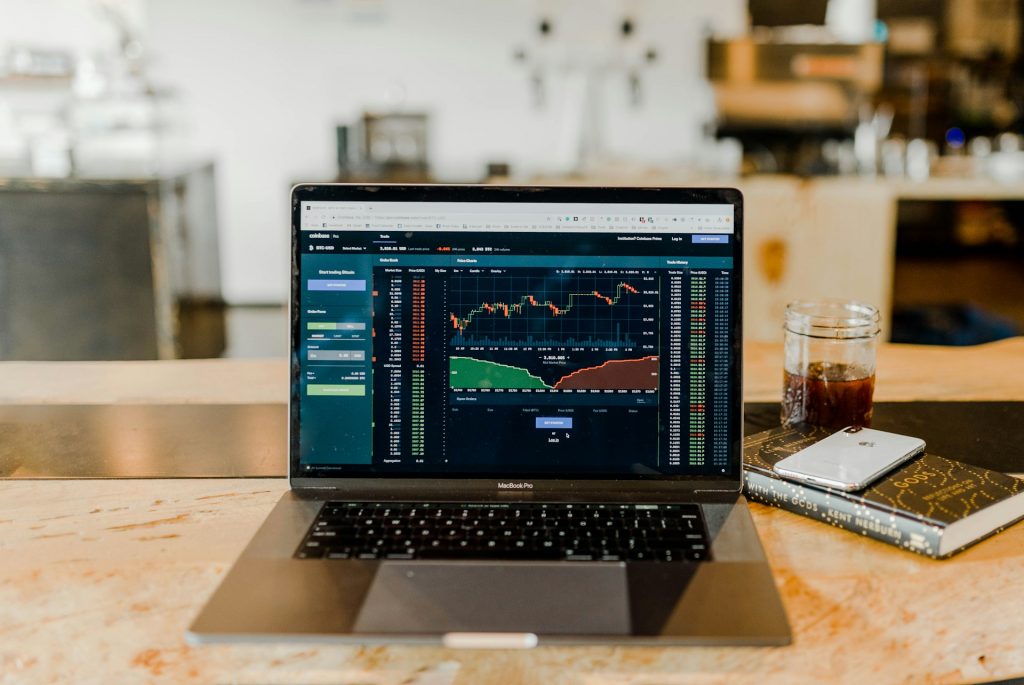Nifty 50 Starts Strong on May 2nd
2 min read
The Nifty 50 index showed a positive start to the trading day, marking a slight increase of 0.19% to reach 22,648.35 points at the open. This marks a rebound from the previous session’s 1% decline, indicating an unpredictable trend over the past few days.
Recent Performance and Market Outlook
Over the last week, the Nifty 50 has seen an overall growth of 1.1%, contributing to a substantial annual gain of 27.14%. Despite the positive trend, the index is currently 0.46% below its highest point this year (22,753.80 points) but remains 6.64% above its lowest level (21,238.80 points).
Understanding Stock Market Indexes
A stock market index is a crucial indicator that reflects the price changes of a select group of stocks, which can represent various sectors or types of businesses within a market. These indexes are essential for investors and financial markets worldwide, helping to gauge the overall market confidence, business climate, and economic health.
Indexes vary by their composition—some may include companies with similar market capitalizations or those within the same industry, while others might focus on a handful of stocks or encompass several hundred.
The Role of Indexes in Investment
Stock indexes not only reflect market and economic trends but also serve as benchmarks for asset managers, allowing investors to compare potential returns against risks, and strategize their financial portfolios accordingly. The creation of indexes began in the late 19th century by journalist Charles H. Dow, who noted that stock prices often moved together, leading to the establishment of specific indexes for significant sectors like railroads.
Today, various indexes exist, categorized by location, industry, company size, or asset type. For example, the U.S. Nasdaq index primarily includes major technology firms like Apple, Microsoft, Amazon, and Google.
How Are Stock Indexes Measured?
Each index has a unique method of calculation, primarily based on the market capitalization of its constituent companies. This figure is derived by multiplying the current stock price by the total number of shares held by investors.
Companies listed on stock exchanges must report their index compositions periodically. Understanding an index also requires tracking its performance over time, which begins from a fixed base value. Comparisons between different indexes need to consider both absolute points and percentage changes to provide a correct perspective of market movements.
Key Global Stock Indexes
In the U.S., major indexes include the Dow Jones Industrial Average, comprising 30 leading companies, and the S&P 500, which includes 500 of the largest listed entities. The Nasdaq 100 tracks the top 100 non-financial corporations. In Europe, significant indexes like the Eurostoxx 50 cover the top 50 firms in the eurozone, while the DAX 30 includes 30 major companies in Germany.




